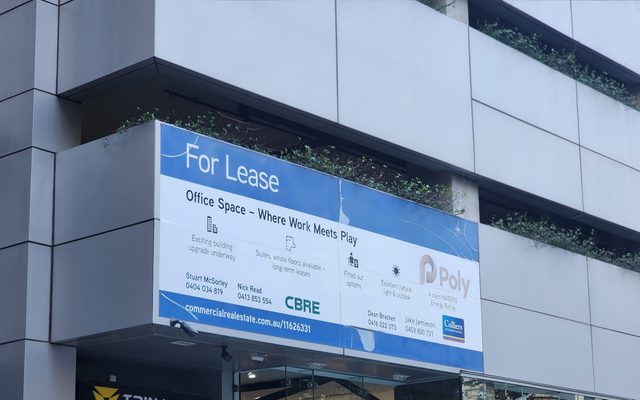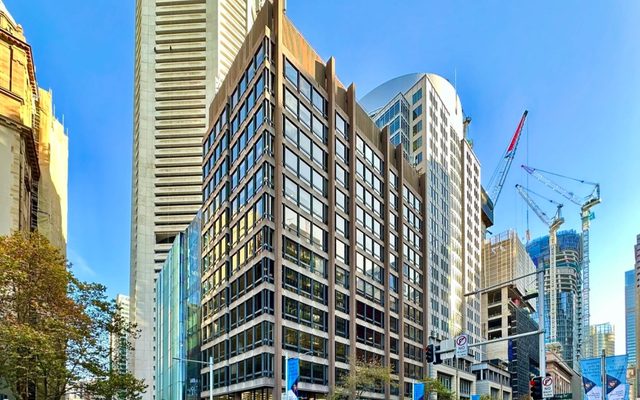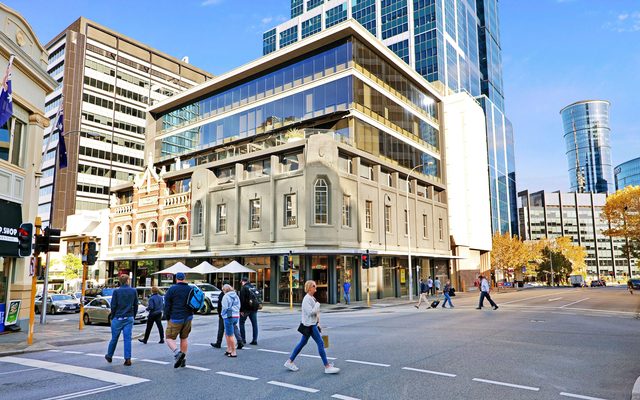This article is from the Australian Property Journal archive
THOSE who live in glasses houses shouldn't throw stones. According to former Macquarie Group and current Killila Property Group director James Weaver, Sydney-based pundits who have been predicting the demise of the Perth CBD office market are wrong.
Weaver recently moderated the Napier & Blakeley Property Market Update in Melbourne and said the belief that the Sydney CBD office market is a superior performer to Perth is demonstrably misplaced.
In an interview with Property Review, Weaver pointed out that over the short, medium and long term, Perth CBD office has consistently outperformed Sydney. Figures from IPD show that on a 15 year basis, Perth has delivered a circa 13.8% total return per annum whilst Sydney posted 8.5% p.a.
He added the argument that Sydney is far more stable than Perth, because of Perth’s dependence of the mining and resources industry, is incorrect.
Weaver said Sydney’s office market also suffers from volatility as it is heavily dependent on the fortunes of the finance and insurance industry.
“During the GFC, the major finance and insurance companies contracted significantly in Sydney, and demand remains anaemic to this day. Sydney’s vacancy rate only came down recently in the last PCA figures because of stock withdrawals, and not because of tenant take up,”
The latest Property Council figures show Sydney has recorded its lowest vacancy rate in four years, declining from 8.1% to 7.2%, due to high withdrawals, 87,903 sqm, which is almost double the historical average. Net absorption was only 8,466 sqm.
“However there is a plethora of new stock coming online in both the CBD proper and Barangaroo such that in the next three to four years, 5% of the current total CBD stock will be added,”
Weaver recalls when Perth CBD offices were at their lowest ebb and can understand why some investors remain nervous about the market.
“I remember when Perth’s landmark QV building sat un-let for years and you could watch the sun set through the vacant floors in the building. And one tenant signed a 10 year lease for 7,000 sqm of space in the 60,000 sqm building and got 9.5 years rent free,”
However Weaver said Perth is unlikely to return to those days.
“Some have been predicting for the demise of Perth since the GFC hit in 2008. But for sound economic reasons, it has not happened. In fact, Perth continues to witness strong demand.
“The one big problem however in Perth is the high cost of building. Because the construction industry is competing for the same workforce as the mining and resources sector, Perth has become an expensive place to build, so you get rents and capital values which are similar to Sydney. Intuitively some investors find this hard to understand,” he added.
“There are talks of a Chinese slowdown in demand for resources, but given their inexorable march to becoming a first world economy, this will probably only be temporary. Even if it becomes prolonged, the emergence of the other BRIC (Brazil, Russian, India and China) economies will more than likely pick up any slack.
“And actually the Perth office tenant base has been diversifying within the broader resources sector, particularly in the gas and oil sector. These projects typically run for 50-60 years and will offer some stability to smooth over the more volatile mineral based projects,”
Weaver said gas and oil companies and their contractors are pouring into the lower cost Perth city fringe, as evidenced by Shell and Leighton recently signing a long term pre-leases, in addition to their other CBD offices.
Property Review



